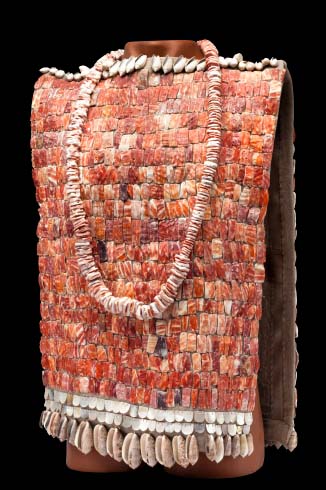Eric, Philip and others: regarding the curved swords, have you noticed that virtually all of those highly curved swords have the portion of the back closest to the tip (what I'd call the false edge) sharpened? Now I don't for a moment believe that this is for thrusting in any normal sense, but it does look as if it would make for nasty backhanded cuts (like the shielhau in the
German longsword system), and as the point is leading due to the curve, the attack may well be almost like a "picking" action (I hope this is intelligible!) - not a thrust, but still a (probably slightly weaker) piercing attack. It would also be pretty nasty to parry such an attack, for a swordsman more used to straighter weapons. Is this plausible? Is there any evidence for or against this?
Then, to the original poster:
(warning: lots of speculation to follow:) what I would personally take from the long debate about the merits of various sorts of armour is that the sort of weapon which it is expected to have to counter most often is an important factor. So what weapons do your civilization use? If they are in stone age, conventional swords are probably out of the question, unless stone swords can be enhanced in some (possibly magical) way. Macahuitls(mesoamerican obsidian-edged wooden sword-like weapons) are probably the closest you'll get. Otherwise, the only stone-age cutting weapons you're likely to see (again assuming no magical enhancement) are stone or bone axes and knives - probably short range backup weapons. Effective longer-range stabbing and piercing weapons for the battlefield, however, can be made comparatively easily with stone-age technology (spears, javelins, darts, arrows and so on). So too can blunt weapons, including spiked ones:(stone maces, wooden clubs, shark-toothed clubs, etc). So, for example, the highly developed (largely) stone-age civilizations of mesoamerica (stone-age at least in terms of military weapons), quilted armour is (and was) the way to go: it is easily made using textile-manufacturing technology, it is great against piercing missile weapons like bows and attatl darts (which the spanish state were most commonly used), decent against cutting weapons (which I suspect were rarer - wasn't the macahuitl a higher-status weapon?) and probably a lot better than nothing against clubbing attacks.
Edit: on re-reading I see you wrote the following:
| Quote: |
| There are really only spears, clubs, axes, slings, and knives. |
So you are already thinking along the lines I was suggesting.
I would add bows to that list personally - they can be made out of materials other than wood.
